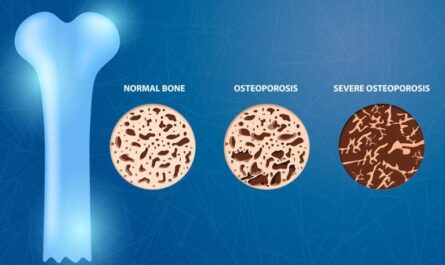A team of researchers from Northwestern University has developed a new microtransistor that is 100 times more efficient than current technology, offering the potential to bring advanced intelligence to mobile and wearable devices. The findings, published in the journal Nature Electronics, present a nano-electronic device capable of classification tasks, which are crucial for machine learning systems.
Traditionally, data collected by sensors is sent to the cloud for analysis on energy-intensive servers before being returned to the user. This approach is expensive, consumes significant energy, and introduces time delays. However, the newly developed microtransistor is so energy-efficient that it can be deployed directly in wearable electronics for real-time detection and data processing. This advancement enables quicker intervention in health emergencies.
While conventional transistors are made of silicon, the new microtransistors are constructed from two-dimensional sheets of molybdenum disulfide and one-dimensional carbon nanotubes. This composition allows for quick tuning and reconfiguration, enabling multiple steps in the data processing chain. In contrast, traditional transistors can only perform one step at a time.
According to Northwestern University’s Mark C. Hersam, the senior author of the study, the integration of these two materials in a single device allows for strong modulation of the current flow with applied voltages, resulting in dynamic reconfigurability. This high degree of tunability in a single device facilitates sophisticated classification algorithms with a small footprint and low energy consumption.
In tests, the mixed-kernel heterojunction transistors were trained to analyze publicly available ECG datasets and classify six types of heartbeats with 95% accuracy. Using just two of these microtransistors, the researchers achieved results that would require more than 100 traditional transistors with the current machine learning approach, while consuming only 1% of the energy.
Once this technology reaches production, small, lightweight, battery-powered mobile devices will be equipped with the intelligence to run machine learning AI on their own sensor data. This means that results can be obtained faster without the need to send data to the cloud for analysis. Additionally, the personal data collected by these devices will remain local, private, and secure.
While it is unclear whether this technology can handle video data or be applied to larger machine learning and AI equipment, the significant reduction in energy consumption would be a substantial advancement for large model training.
The growing energy use and associated emissions in training large language models and multimodal AIs have raised concerns. In 2021, 10-15% of Google’s energy budget was expended on AI. Therefore, a company manufacturing chips that can match the performance of top AI cards while using only 1% of the energy could have significant implications.
Although the research team primarily discusses the potential applications in mobile devices, this advancement in computer intelligence could pave the way for a new generation of smarter devices. The rapid pace of change in technology continues to accelerate, and this latest development could usher in a new era of energy-efficient AI machine learning.
Note:
- Source: Coherent Market Insights, Public sources, Desk research
- We have leveraged AI tools to mine information and compile it




